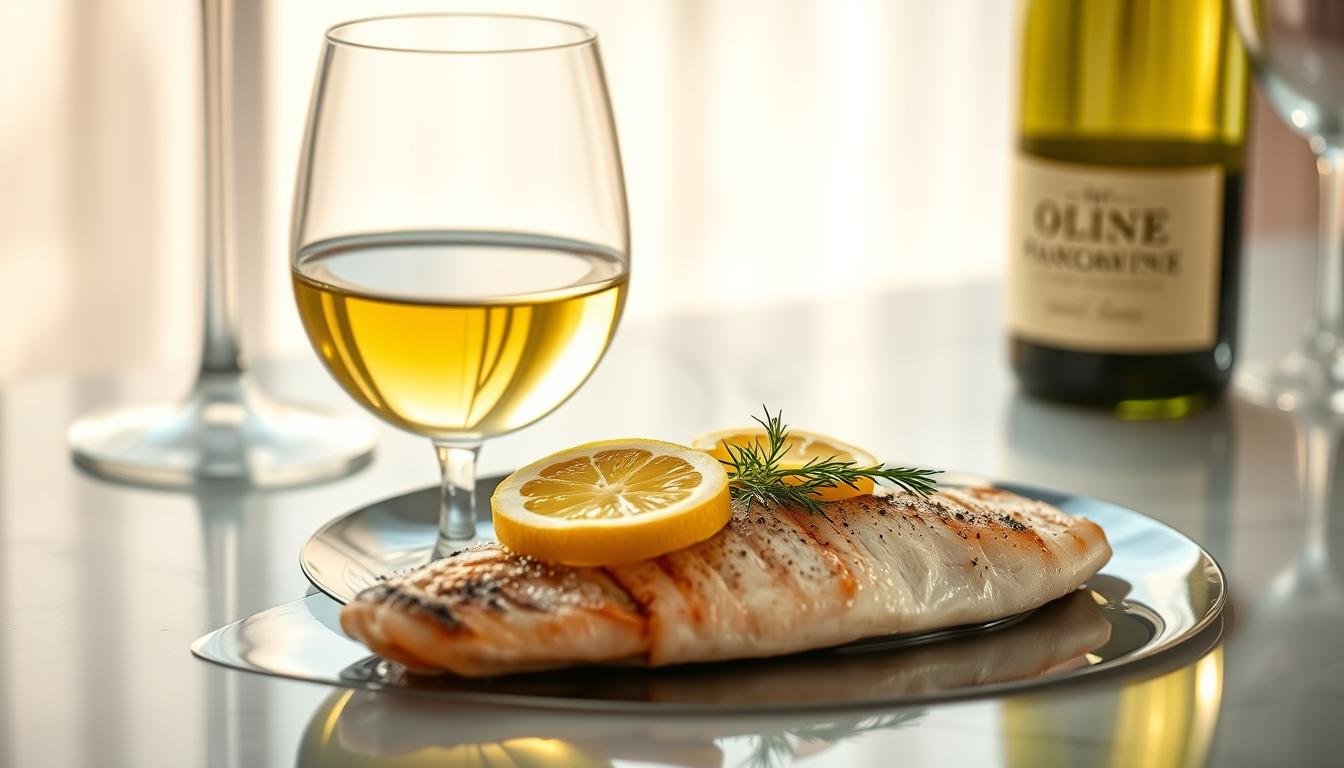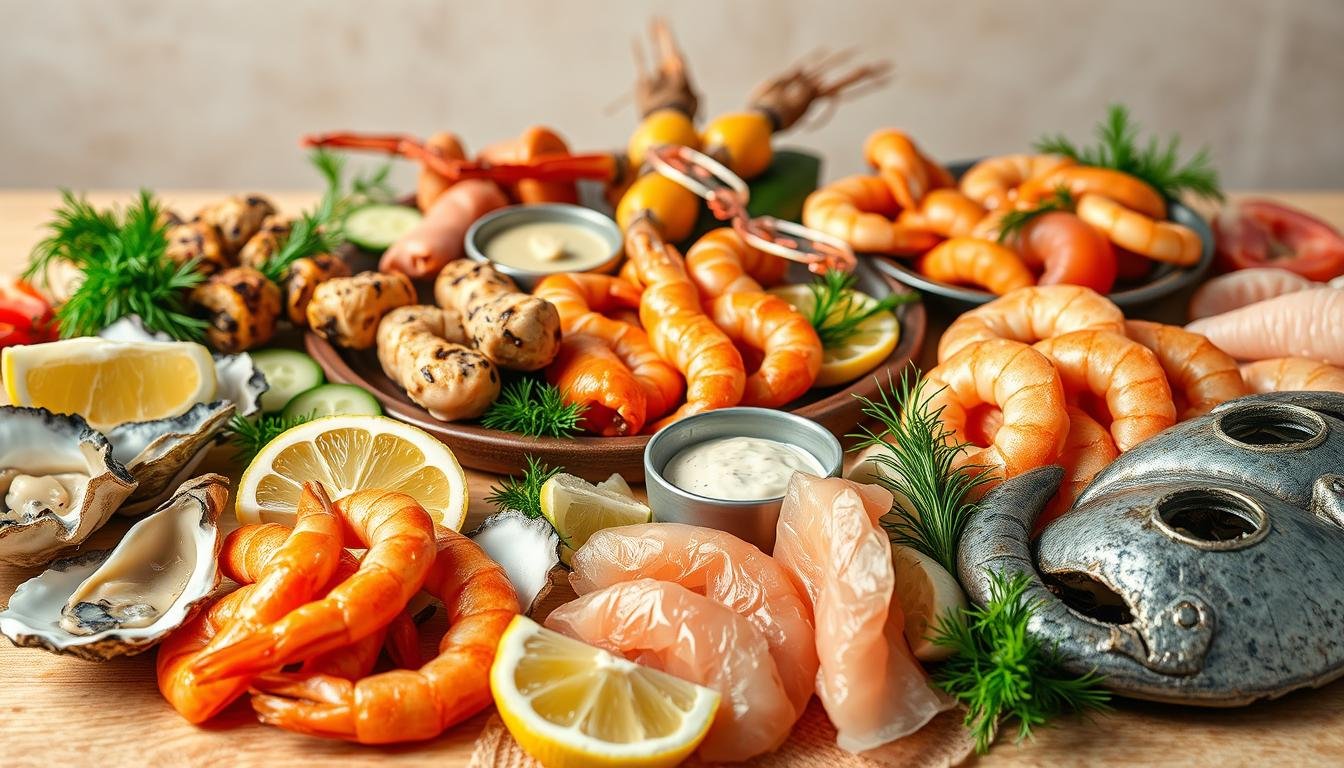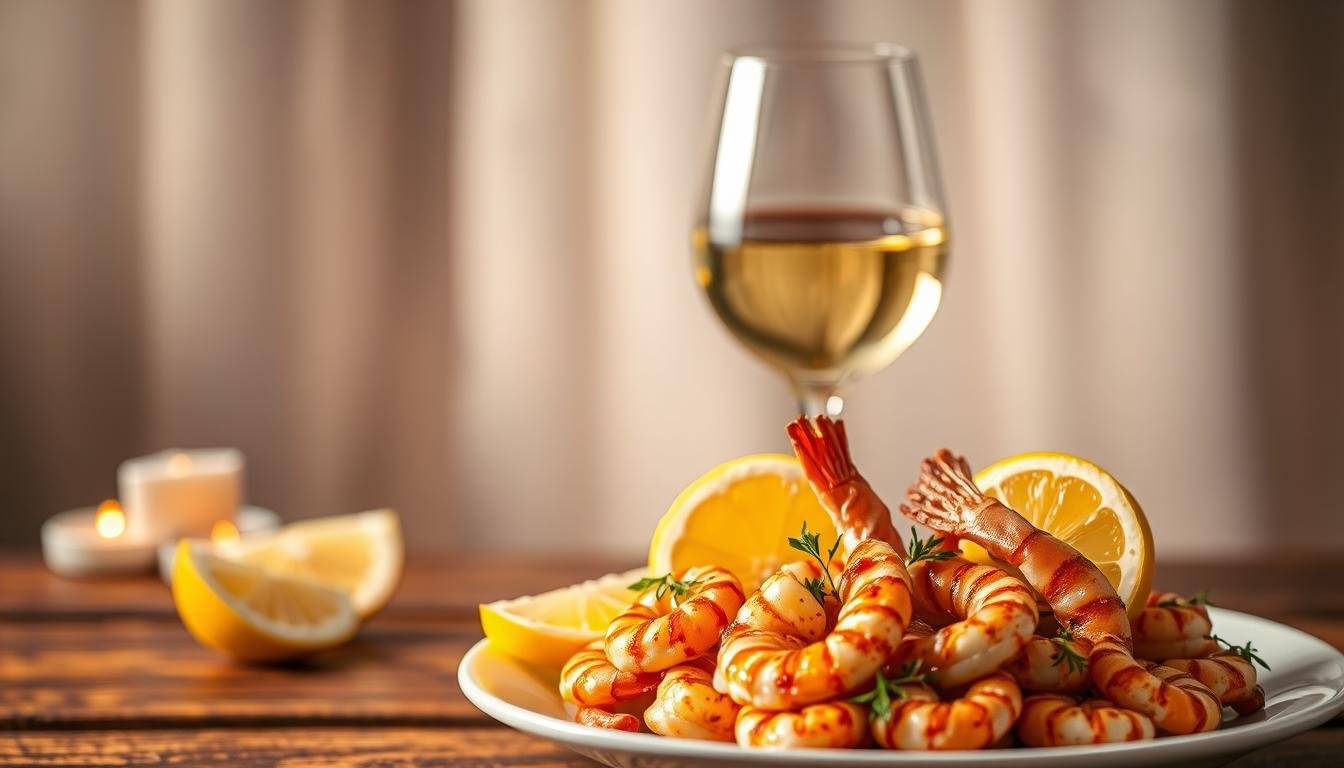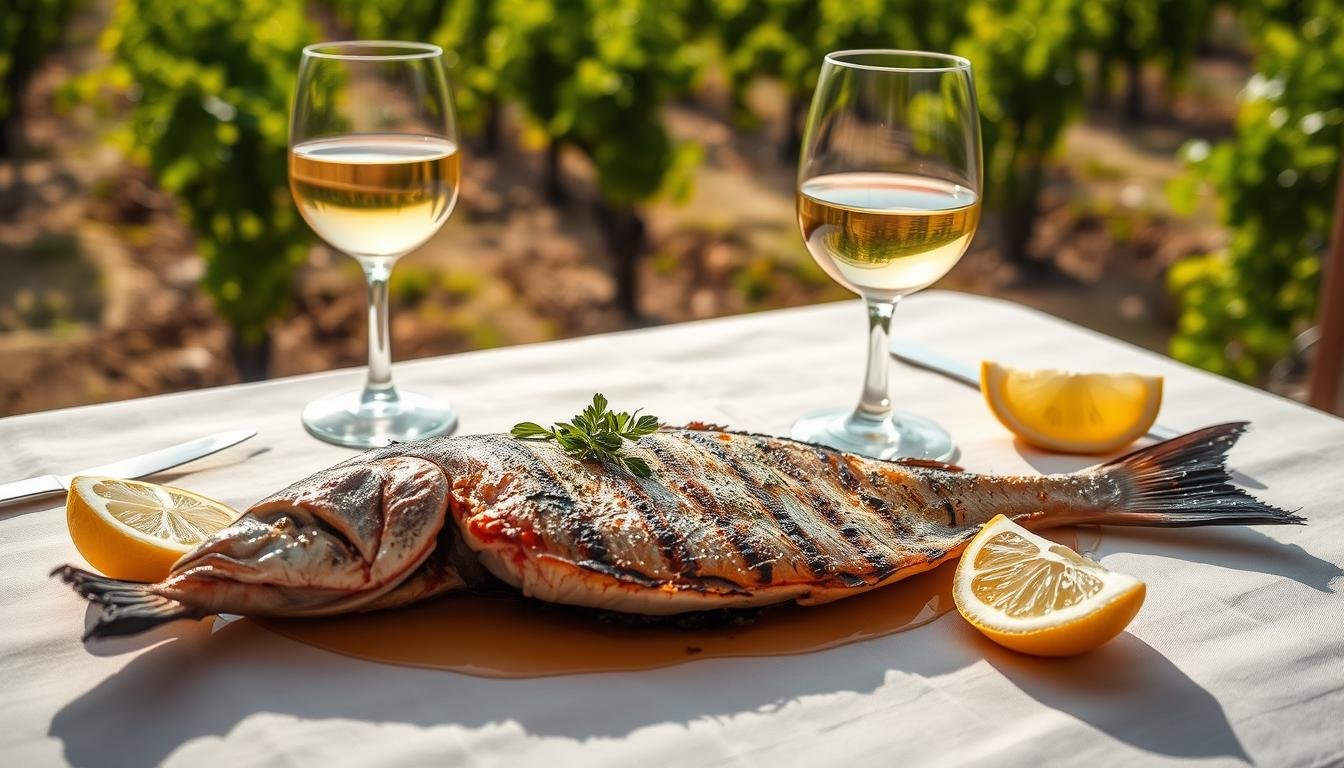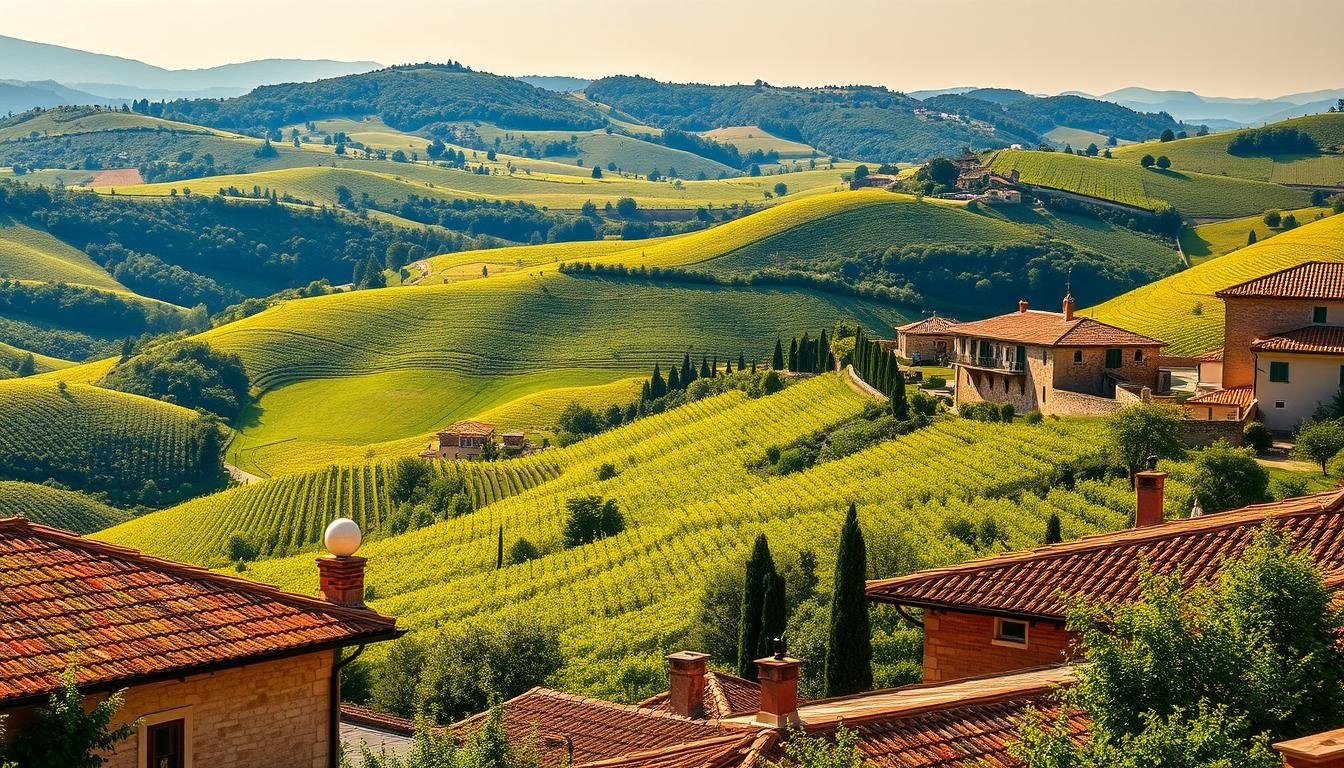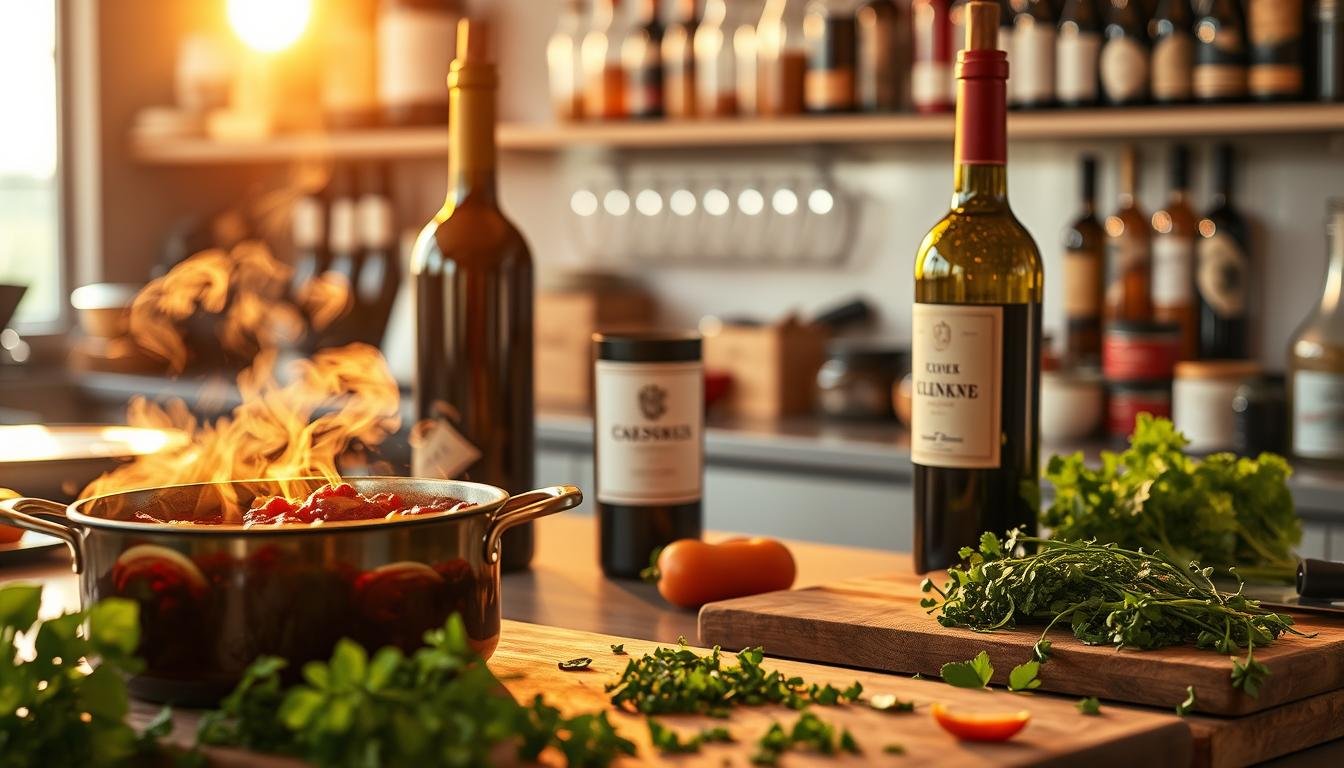Introduction:
Welcome to Wine Kalli, the cozy corner of the internet where we demystify the seemingly intricate world of wine. If you’ve ever found yourself perplexed by terms like ‘terroir’ or felt like you needed a decoder ring for wine labels, you’re in good company.
In this guide, we’ll embark on a journey that’s less about impressing sommeliers and more about savoring every drop without the fuss. So, raise your glass, and let’s dive into the joyous and unpretentious world of wine.
Whether you’re a wine novice who associates Merlot with a character from a movie or a seasoned sipper who can distinguish a Cabernet Sauvignon from a Pinot Noir blindfolded, there’s always room for exploration.
Wine is like a good book; each bottle has its unique story, and we’re here to help you unfold those narratives. No need for fancy terminology or airs – just a genuine curiosity and a willingness to indulge in a bit of grape-inspired delight.
Getting to Know Your Grapes:
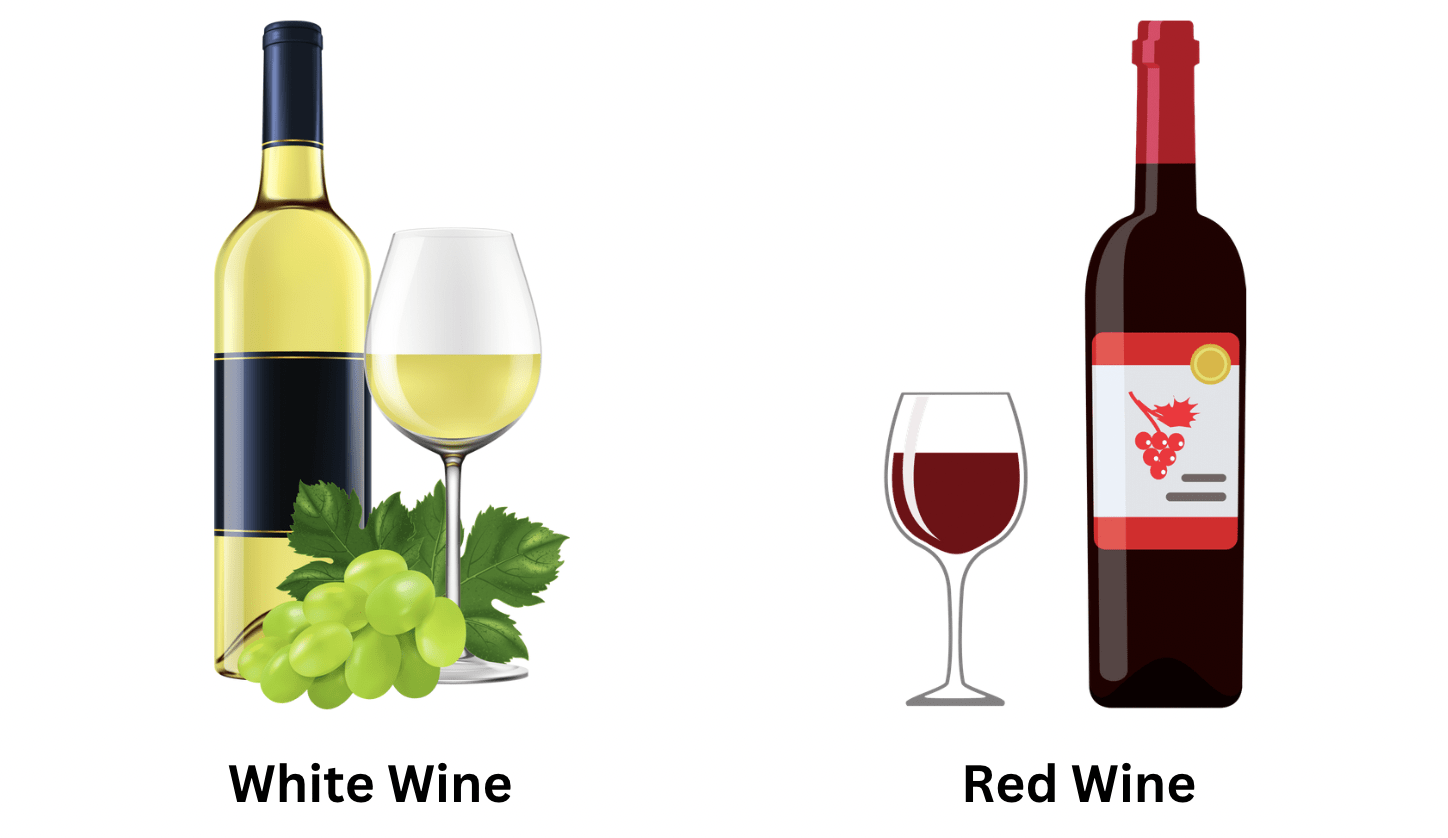
Wine, simply put, is a liquid celebration of grapes. But hey, it’s not all reds and whites; there’s a rainbow of grape varieties out there, each bringing its own flavor party to the bottle. Let’s break it down without the fuss:
Red Wines:
Picture red wines as the extroverts of the grape family – bold, robust, and full of stories. Cabernet Sauvignon, the heavyweight champion of the reds, is like that friend who insists on being the center of attention with its intense blackcurrant flavors and a hint of bell pepper.
Merlot, on the other hand, is the laid-back buddy, offering a smoother, fruitier experience that’s like a comforting hug. And Pinot Noir? Well, that’s the elegant dancer in the group, captivating your taste buds with its delicate notes of cherry and a hint of spice.
White Wines:
Now, let’s talk about the lighter side of the grape spectrum – the whites. Chardonnay, the versatile diva, can switch from buttery and oaked to crisp and unoaked, showcasing its ability to adapt like a chameleon.
Sauvignon Blanc, the zesty troublemaker, bursts onto the scene with lively citrus and herbal notes, like a citrus-infused fireworks display. And then there’s Riesling, the sweet poet, serenading your palate with its sweet and fruity expressions, a true ode to joy.
The Art of Tasting:
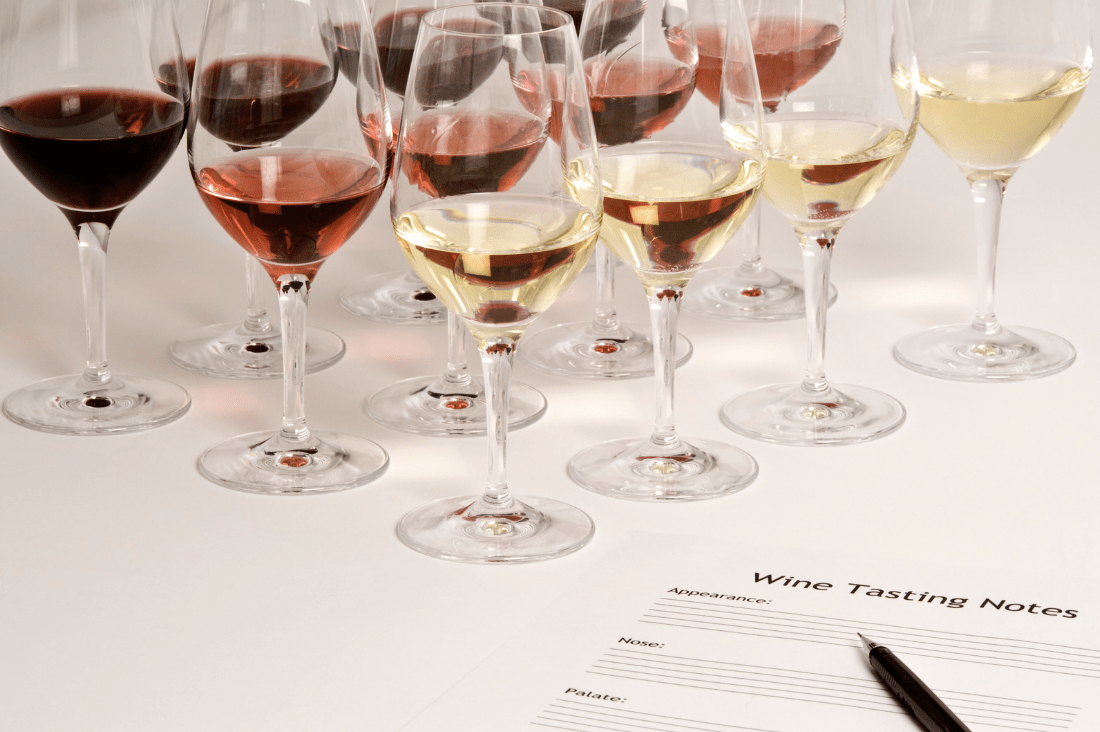
Tasting wine is an adventure for your senses, not a mysterious ritual exclusive to elite tasting clubs. Here’s a simple guide to making your sipping experience more like a joyous exploration:
The Look:
Hold your glass against a white background and let’s appreciate the color palette. Reds can range from a delicate pale ruby to a deep, almost mysterious garnet. Whites flaunt hues from light yellow to golden amber. The color is like a sneak peek into the grape’s life – its variety and the aging process.
The Sniff:
Give your wine a gentle swirl, and watch it release its aromas like a genie escaping its bottle. Take a whiff and let your nose take the lead. Reds might offer scents of berries, spices, or even a touch of earthiness. Whites could present floral notes, tropical fruits, or a hint of minerals. Trust your nose; it’s your personal wine oracle.
The Sip:
Now comes the main act. Take a small sip and let the flavors waltz on your palate. Pay attention to the sweetness, acidity, and tannins for reds, or the acidity and fruitiness for whites. Swirl the wine in your mouth, let it pirouette across your taste buds, and savor the lingering finish. No need for a sophisticated palate; just enjoy the dance of flavors.
Pairing Perfection:
Pairing wine with food might sound like an exclusive club for culinary experts, but fear not – it’s more like a delightful experiment. Here’s a laid-back guide to pairing without overthinking:
Reds with Reds, Whites with Whites
The classic rule of reds with red meat and whites with fish or poultry is a timeless guide. Why? Because tannins in reds complement the richness of meats, while the acidity in whites cuts through the delicacy of seafood or chicken.
But remember, it’s more of a suggestion than a commandment; feel free to break the rules if your taste buds are feeling rebellious.
Balance is Key
Consider the intensity of both your dish and your wine. A hearty stew would be delighted with a robust red companion, while a light salad might prefer the company of a crisp white. It’s all about balance – ensuring neither the wine nor the food tries to steal the spotlight.
Don’t Forget the Fun Pairings
While classic pairings are like the reliable peanut butter and jelly, there’s joy in experimenting with unexpected matches. Ever tried a sparkling wine with salty snacks or a sweet dessert wine with a spicy dish? It’s like a surprise party for your palate, and who doesn’t love a good surprise?
Conclusion: Cheers to Your Wine Adventure!
In this ultimate beginner’s guide to wine, we’ve only scratched the surface of a vast and fascinating world. From exploring grape varieties to mastering the art of tasting and enhancing your meals with perfect pairings, your wine adventure is just beginning.
So, whether you’re sipping on a budget-friendly bottle or treating yourself to a rare vintage, remember, wine is all about enjoyment. Cheers to your newfound wine wisdom, and may your glasses always be filled with joy, laughter, and a good splash of humor. Here’s to many more delightful sips on your wine journey!



